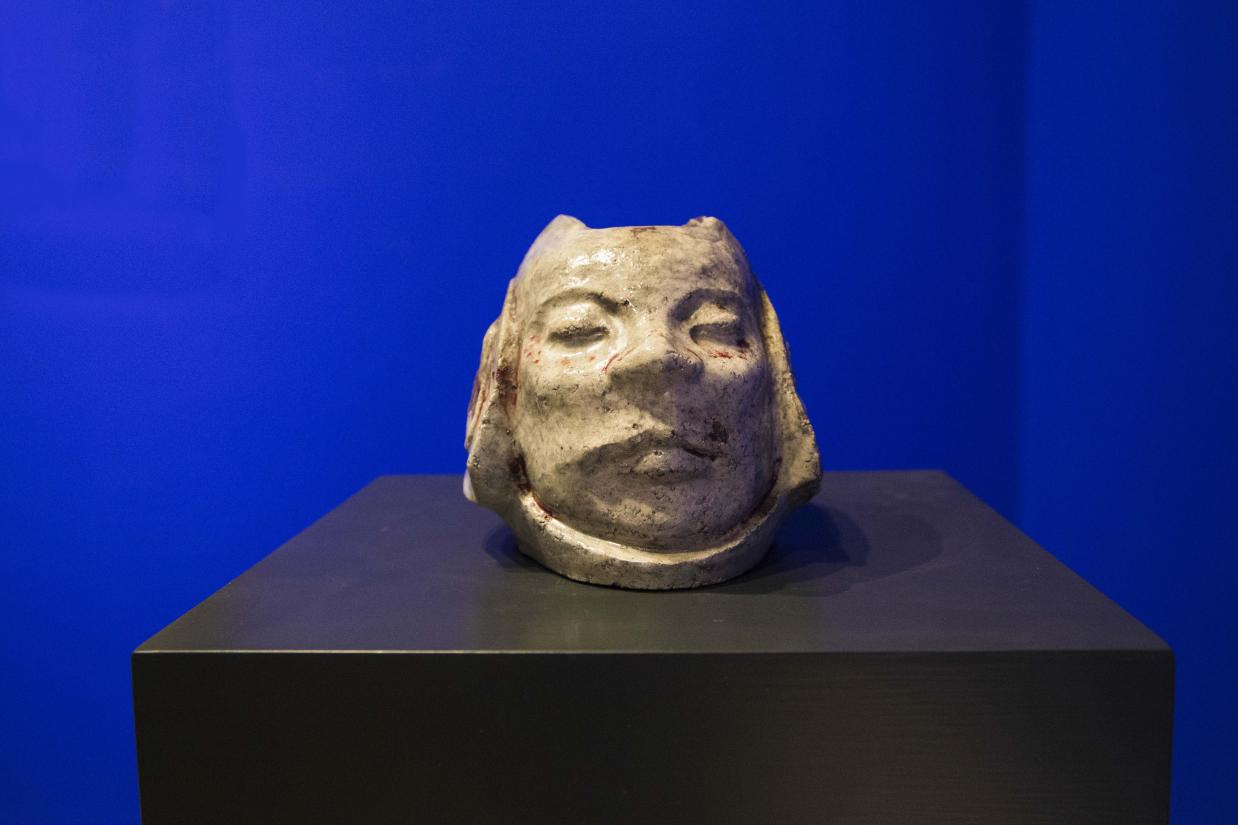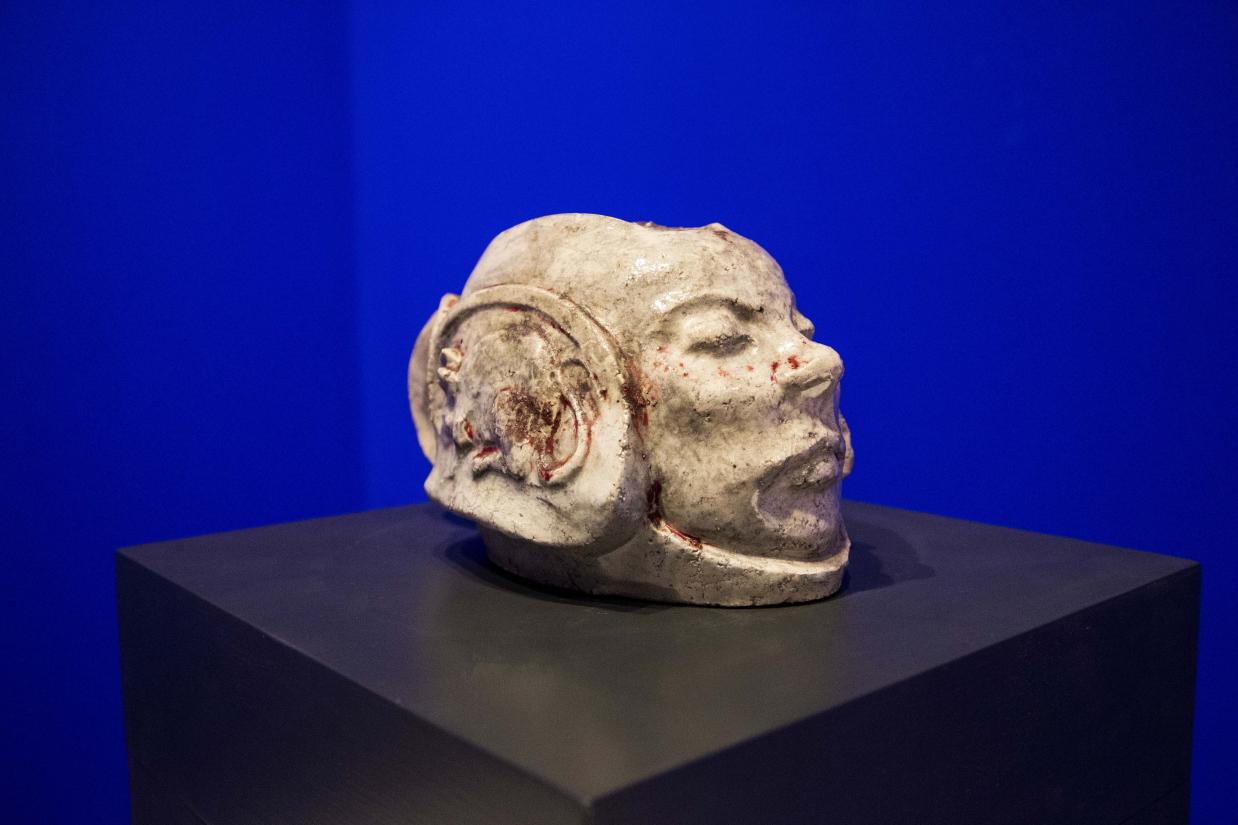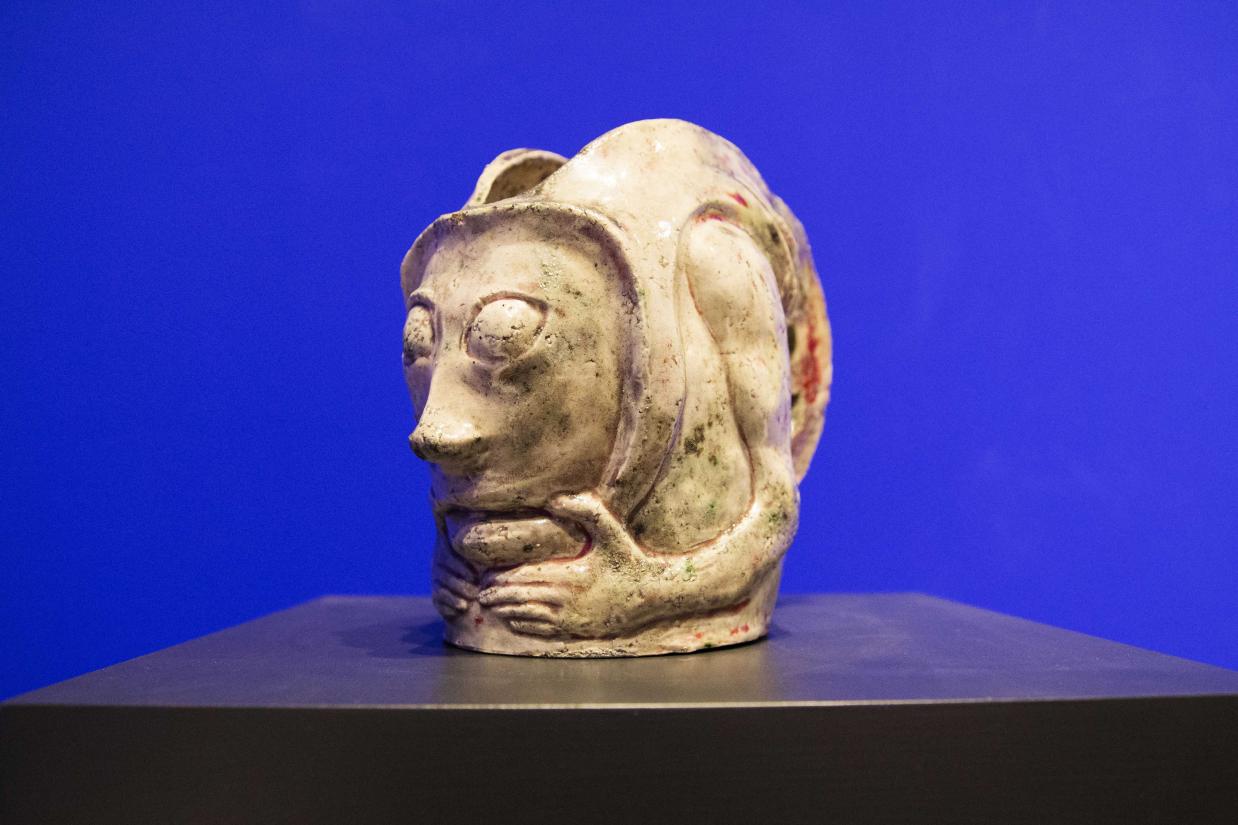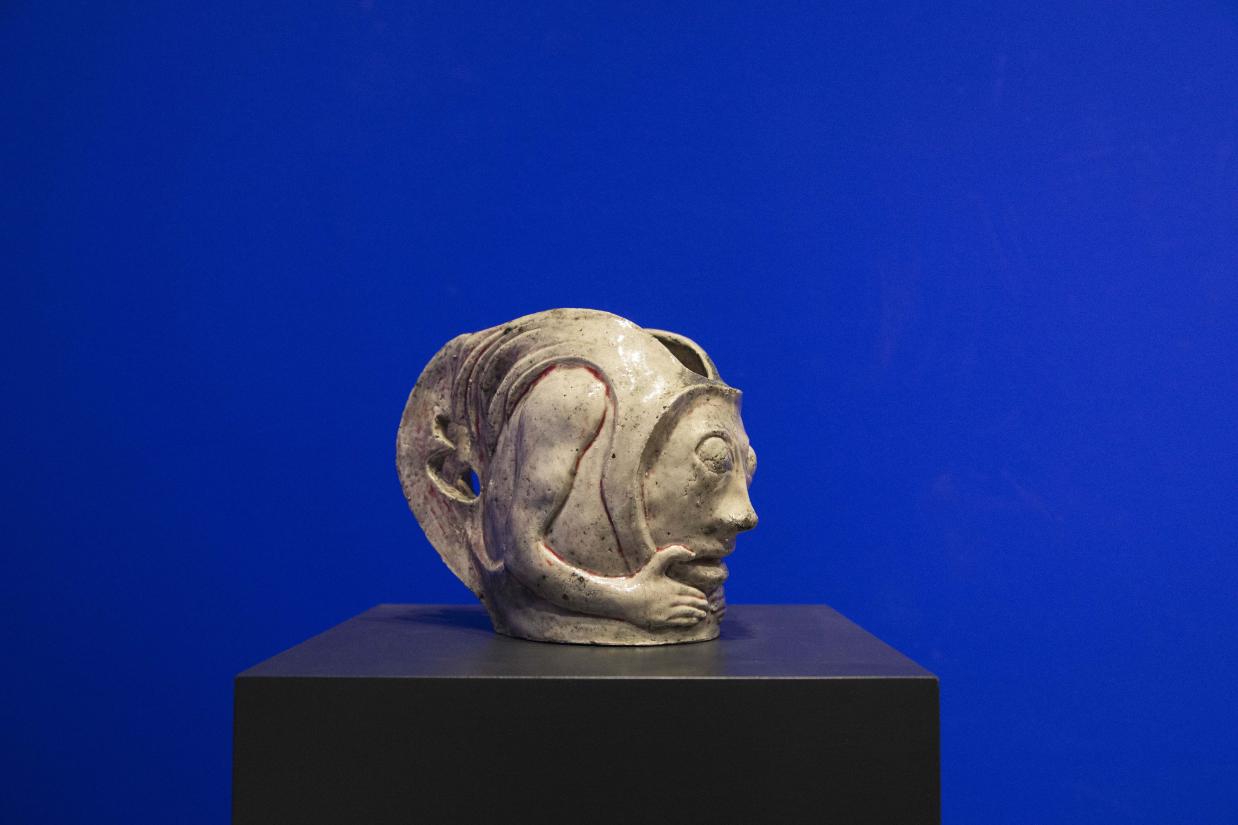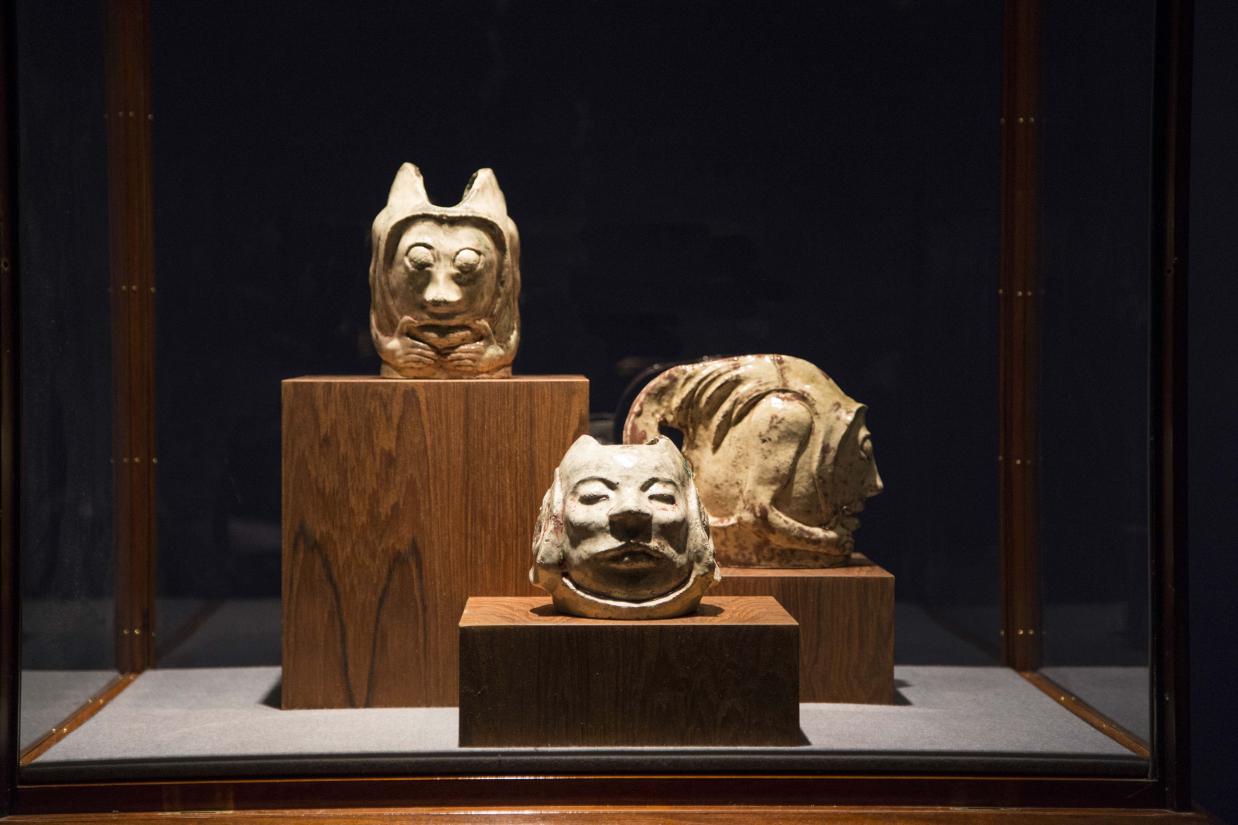Paul Gauguin (1848-1903) is a key figure in art history, but some sides of his production are less well known. Thus, his ceramics have lived in the shadow of his big, famous paintings.
Today, we know of sixty ceramics by Gauguin, of which the Glyptotek now owns fifteen. The three latest acquisitions were purchased at auction in France: Jar in the form of a grotesque head, Vase in the form of a head/Head of a young girl, and Jar in the form of a grotesque head, all made in 1893-95.
Paul Gauguin concentrated on ceramics over the winters of 1886-87 and 1887-88, when he worked with the leading potter Ernest Chaplet on the outskirts of Paris. Gauguin contributed with his original expression, but the commercial success he had hoped to achieve with his ceramics failed to materialize. Nevertheless, he resumed his work on ceramics in 1893-95, when he returned to France, and the three new ceramic pieces stem from this period. They are atypical of his ceramic work and deviate significantly from the other ceramic pieces by Gaugin at the Glyptotek. The vases stand out by being shaped like grotesque heads.
The director of the Glyptotek, Flemming Friborg, says:
‘In these works, we sense an artist who is already mentally projecting himself into his upcoming and final Polynesian adventure. In the figures that make up the vases we see traces of a tradition of the grotesque, which we recognize from other, contemporary artists, and which has links to the past, to the gargoyles in Romanesque and Gothic churches. In the case of Gauguin, this ties in with his growing fascination with so-called primitive cultures, their customs and cultic objects. Gauguin takes what he can use from both domains and brings it together in a profoundly personal and original idiom. The three new ceramic pieces make a significant contribution to the Glyptotek’s story about Gauguin and takes the museum’s world-class Gaugin collection to a new level.’
The three vases were created at a time characterized by many ground-breaking developments in ceramic art and at a peak in Gauguin’s self-image as a genius. Thus, originality and the artist’s ego can be said to come together in the bold and imaginative expression of the vases. At the same time, Gauguin saw in ceramics a commercial opportunity for mass production with big sales volumes, as demonstrated by the three pieces: Two of them are cast from the same mould with unique features added subsequently.
